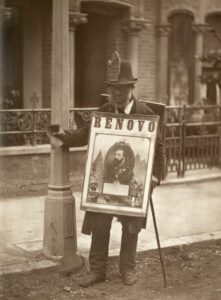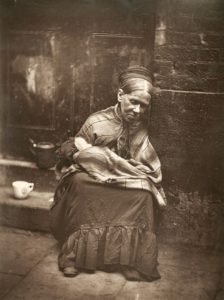Child of Circumstance in Oliver Twist
In his novel Oliver Twist, Dickens creates the idea of children of unfortunate circumstance as from the time that he was born, Oliver has been forced to endure terrible things not for what he has done but for just being in the place. Since his mother died, Oliver was sent to live at the baby farm becoming a child of circumstance as he was unable to do anything yet for himself so someone else made the choices for him. Oliver was later sent back to the workhouse because he was old enough to go but also because no one had anywhere else for him to go. His mother gave birth to him while he was living in the workhouse and thus, Oliver was ultimately destined to return though not by choice.
At each stage of his life, the people Oliver encountered were cruel to him and attempted to use him for their own gain or reasons. Instead of having a parent to care for him or being old enough to choose what situations he wanted to be in, Oliver is shoved around from place to place being treated as worthless and a product of his environment. Oliver becomes a child of unfortunate circumstance as he is forced to accept the life that those in power over him have given him.
Dickens presents the idea of nature versus nurture as he presents Oliver as being raised in different negative environments yet remaining seemingly innocent. When he is treated cruelly as an apprentice he runs to get away from that situation and also runs when he learns of the pickpockets as to not be a part of that life. However, due to the “nurture” side of his life being a collection of misfortunes, Oliver is still faced with false accusations and treated as a criminal. No matter how hard Oliver tries to stay out of negative situations, unfortunate circumstances and terrible people pull him back down.
Oliver is forced to be a child of circumstance in Oliver Twist as he is denied agency from the time he is a child and raised in cruelty. Although he tried to escape many of the situations that he encountered, Oliver ultimately was always pulled back into the unfortunate lives of those around him. Through Oliver Twist, Dickens essentially depicts the effects of being a child of circumstance but the potential to overcome the problems that are forced upon you if you have the ambition and innocence.

